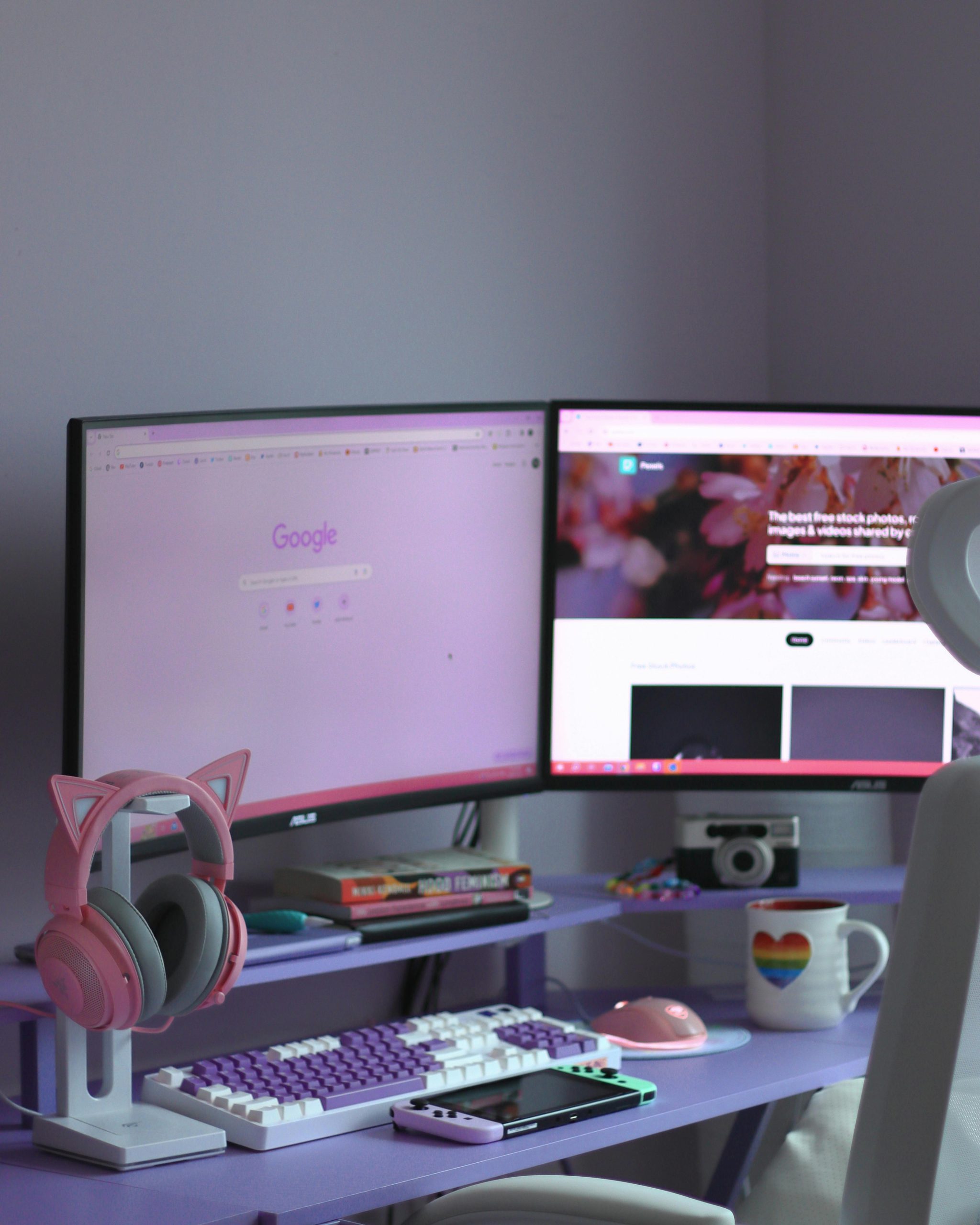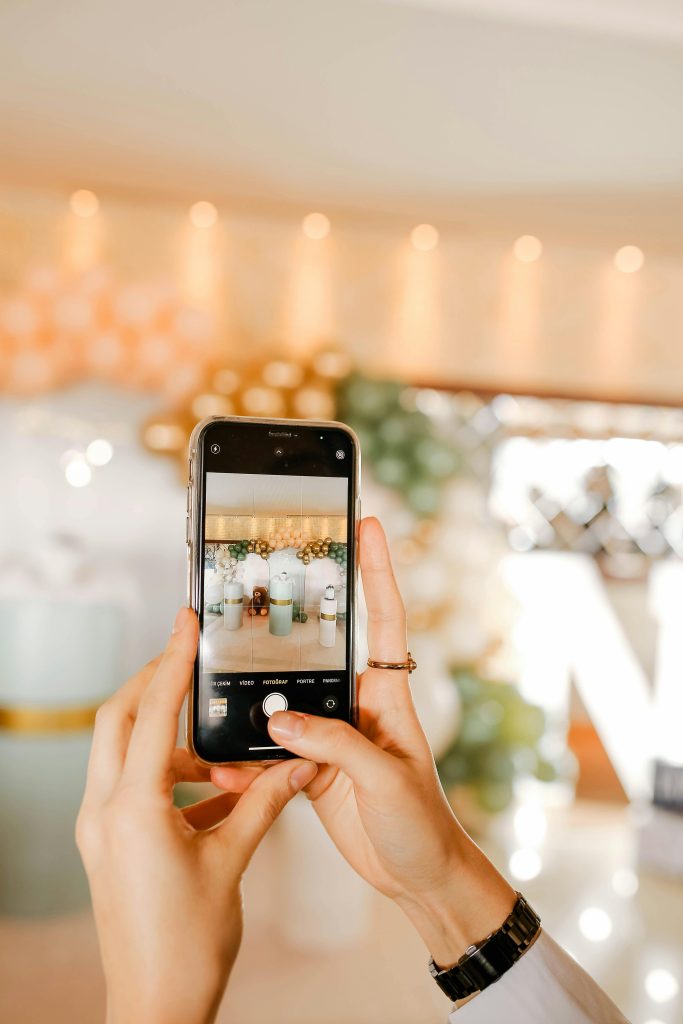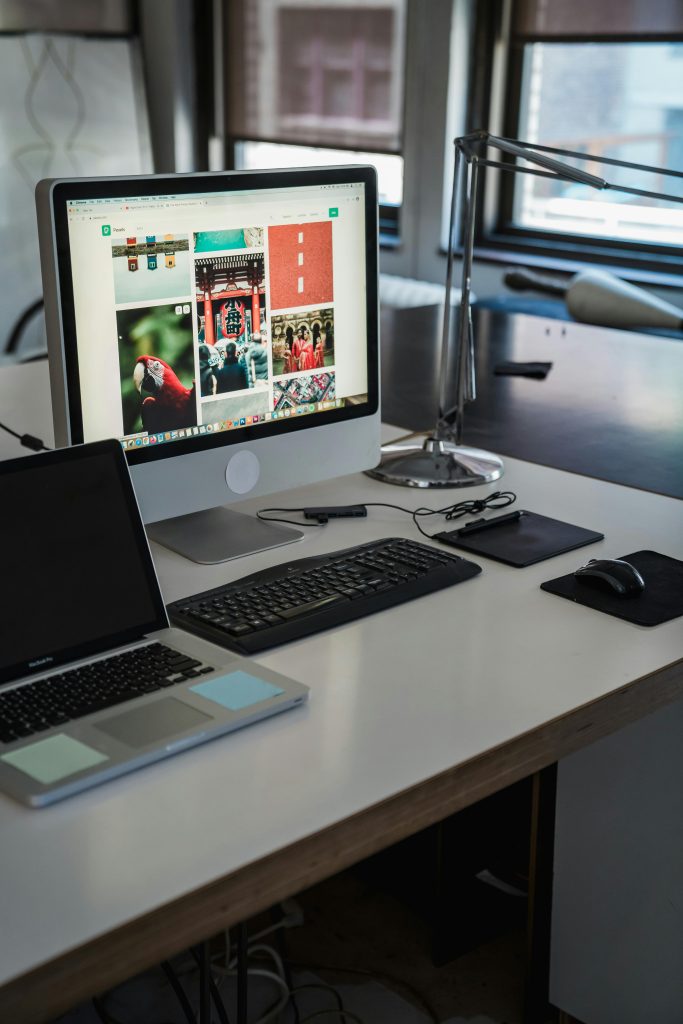The Evolving Balance Between Aesthetics and Functionality in Software Design
In recent years, the landscape of digital applications and websites has seen a noticeable shift toward minimalist and modern design trends, often characterized by streamlined interfaces and polymer-inspired aesthetics. While these visual philosophies aim to create visually appealing and sleek user experiences, there is an increasing concern that such focus on aesthetics may come at the expense of core functionality.
Historically, software solutions prioritized usability and comprehensive feature sets, providing users with customizable settings, precise control, and intuitive workflows. Many users appreciated software that was not only visually pleasing but also highly functional—tools that empowered them with flexibility and depth of features to tailor their experience to individual needs.
However, contemporary applications, especially mobile-centric platforms like Instagram, exemplify a trend where visual simplicity can sometimes undermine practical utility. For instance, when creating or editing stories that include links, users encounter limitations such as being unable to modify the link text directly. Additionally, precise adjustments—like manually setting an image’s resolution using numerical inputs—are often absent, replaced by simplified controls optimized for quick edits on mobile devices.
While these design choices are understandable given the push for mobile-friendly interfaces and quick user interactions, they raise questions about the trade-offs between aesthetic minimalism and functional depth. Many users, myself included, still value software that is less about looks and more about empowering users with comprehensive, customizable, and intuitive features.
As the digital ecosystem continues to evolve, it remains crucial for developers and designers to strike a harmonious balance—crafting interfaces that are not only visually appealing but also retain the versatility and practicality that underpin effective software. Ultimately, the goal should be to create tools that are as functional as they are beautiful, ensuring they serve diverse user needs across all contexts of use.
Share this content:



